August 11, 2021
Our route from Liberty Lake to Bridgeport was mostly two-lane, a little hilly, and often very straight.
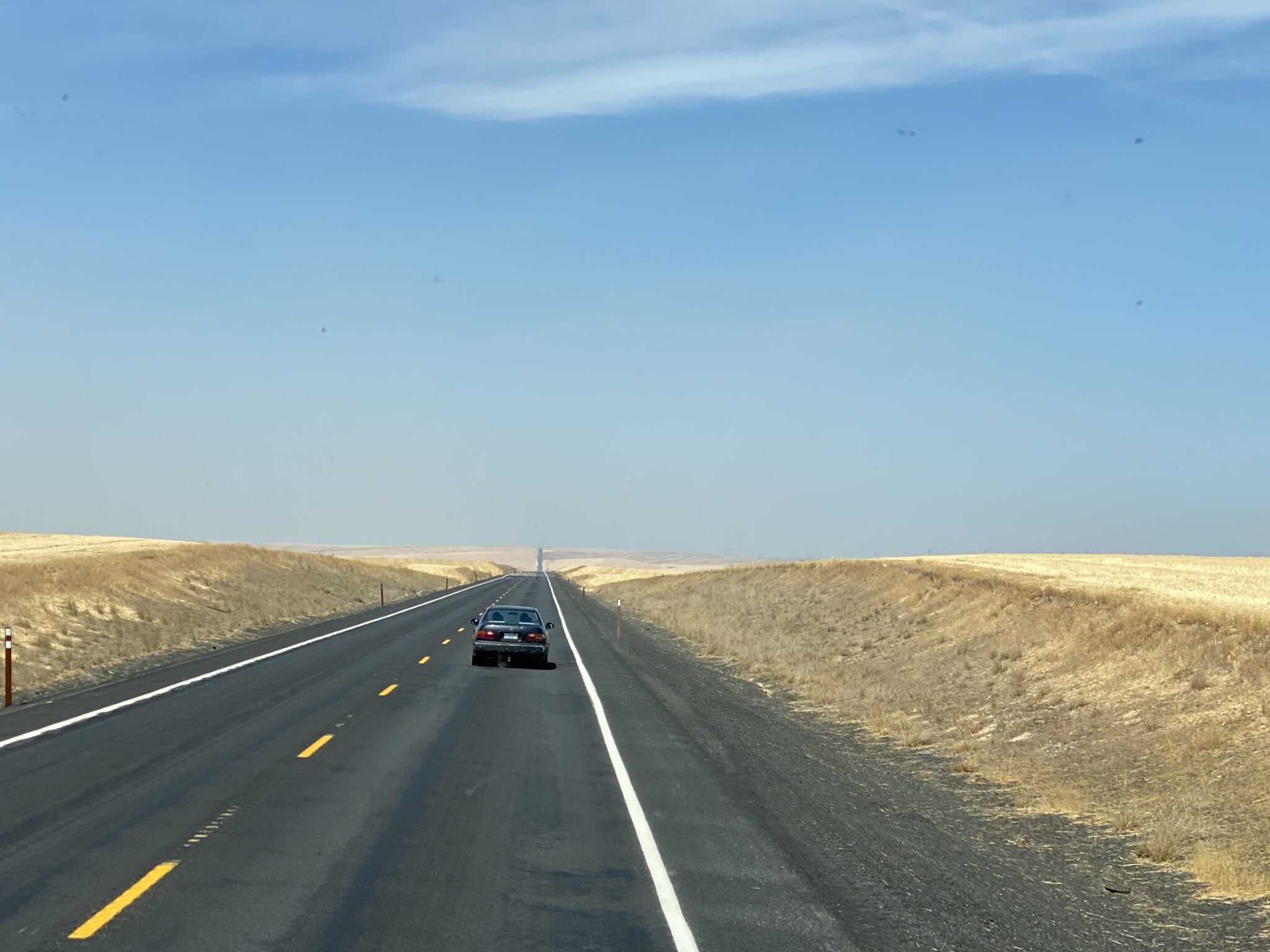
The hardest thing about today’s caches was the 104-degree heat, although Jane had minor misadventures at each of the three sites. The first cache was hidden in a blackberry thicket and blackberries have thorns. At the second she was fooled–she thought the container she was looking in held bags for cleaning up after one’s dog and she looked all over the steep and slightly unstable sandy hillside trying to find the coordinates. In the meantime, Dave took the plastic bags out of the top of the container and found the cache underneath. To acquire the third cache, Jane had to dodge the sprinkler and fight off a handful of biting ants.
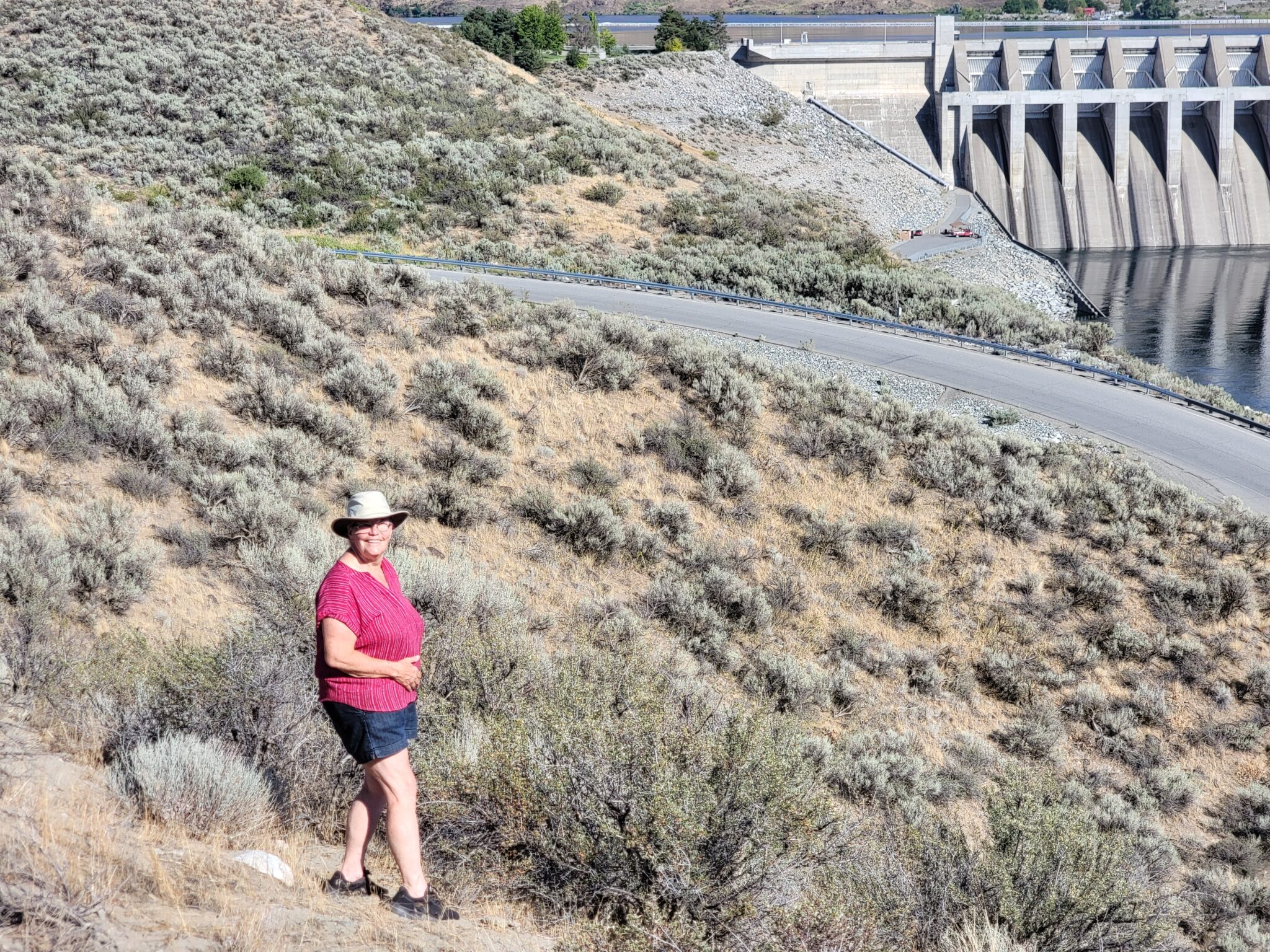
We had a variety of views of Chief Joseph Dam and were able to pick up some information from plaques. [The Visitors Center is closed because of COVID but may open before we leave next week.]
Construction began on the dam in 1950 to provide power generation and irrigation. Generating units were installed between 1958 and 1961, and ten additional turbines were added in 1973. Three million tons of concrete were used to build the dam which reaches 236 feet from bedrock to roadway.
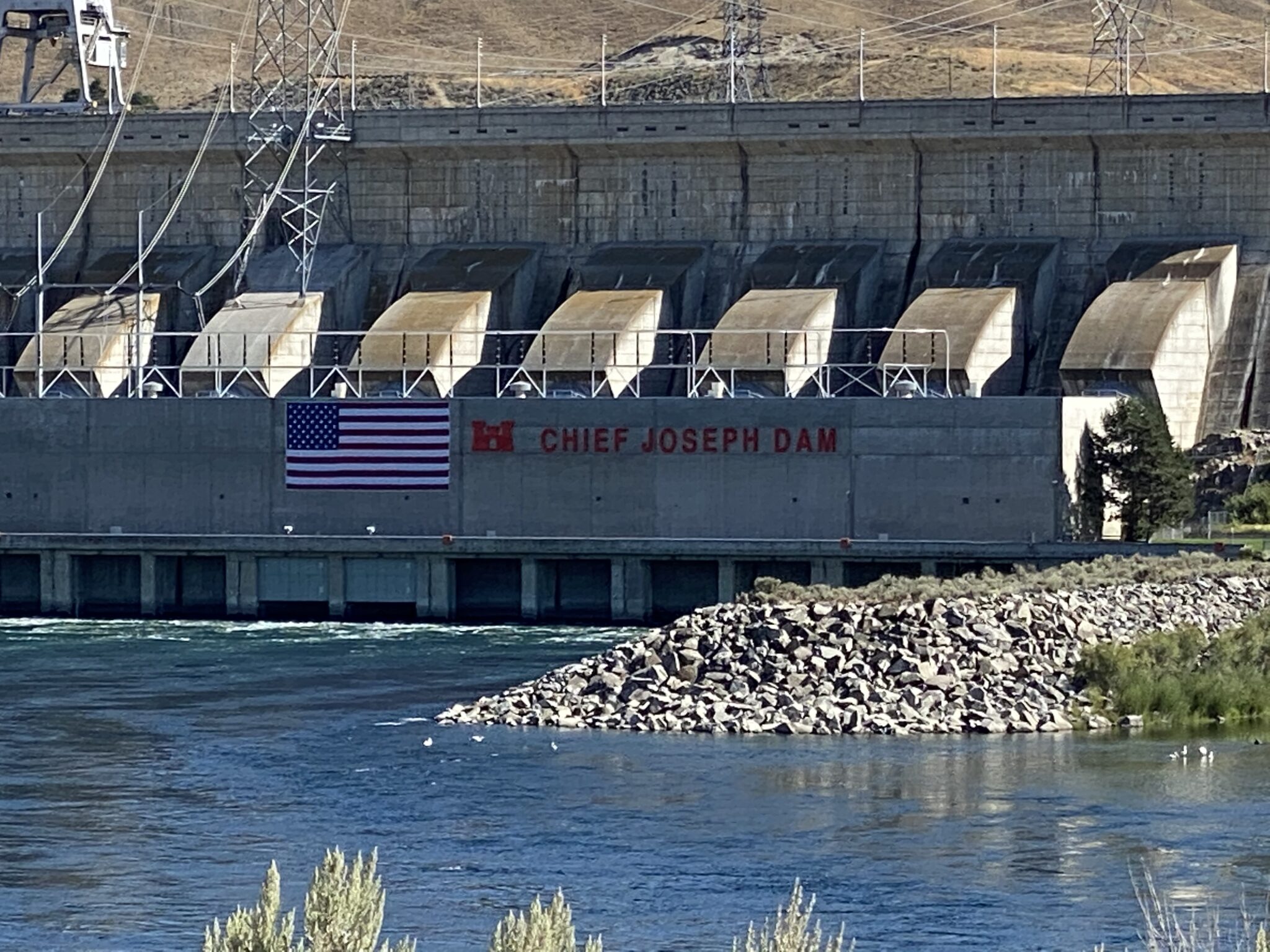
The dam was originally to be called Foster’s Creek Dam, but those who know decided funding would be easier to obtain if the name didn’t evoke images of some small creek. The dam was then named for Nez Perce Chief Joseph who spent his last years in exile on the Colville reservation near the site.
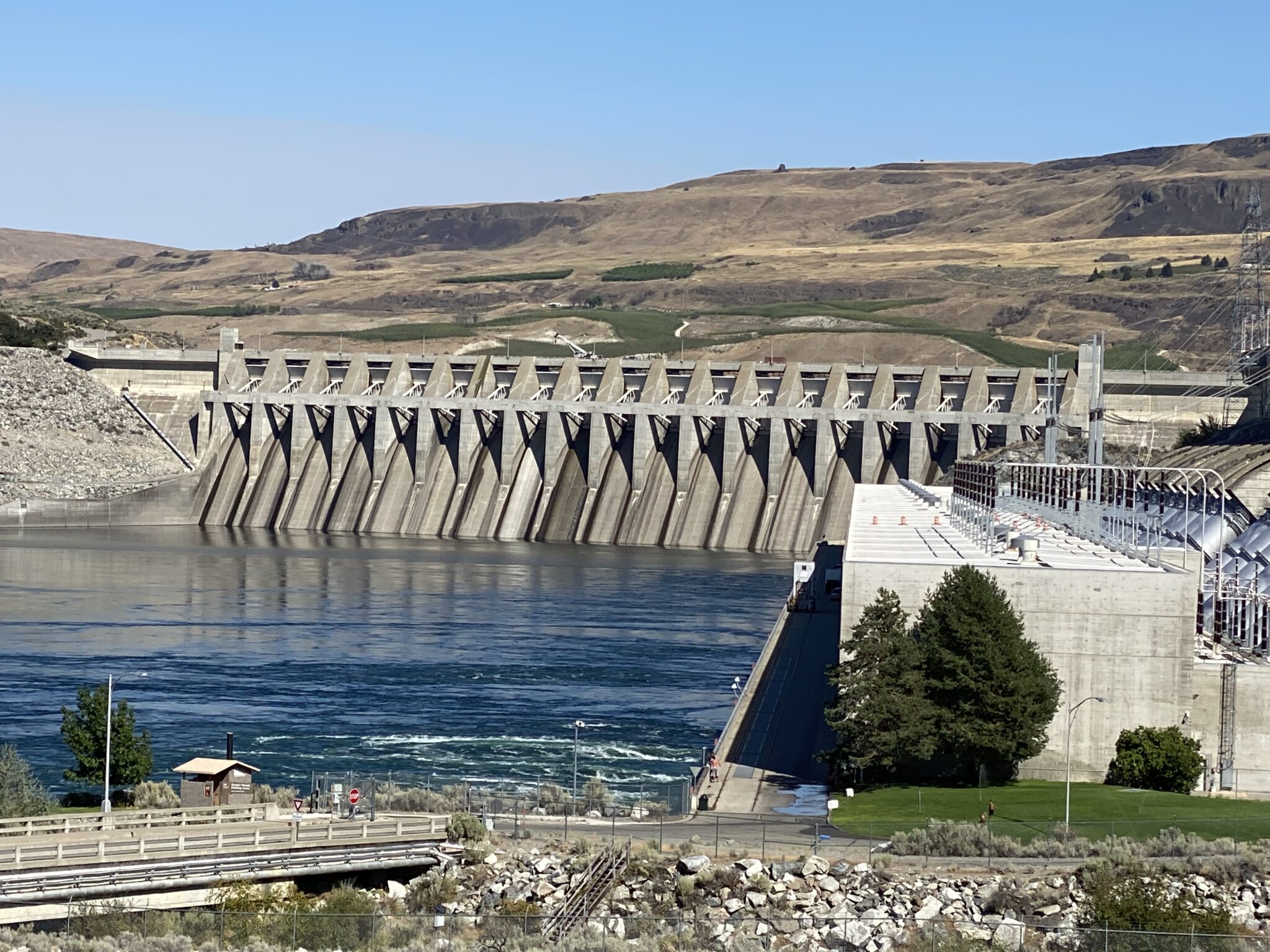
While the Columbia River is 980 feet wide at the dam, the dam itself is 5,962 feet long and L-shaped to allow for more generators. Because of this design, the entire river flow passes through the turbines.
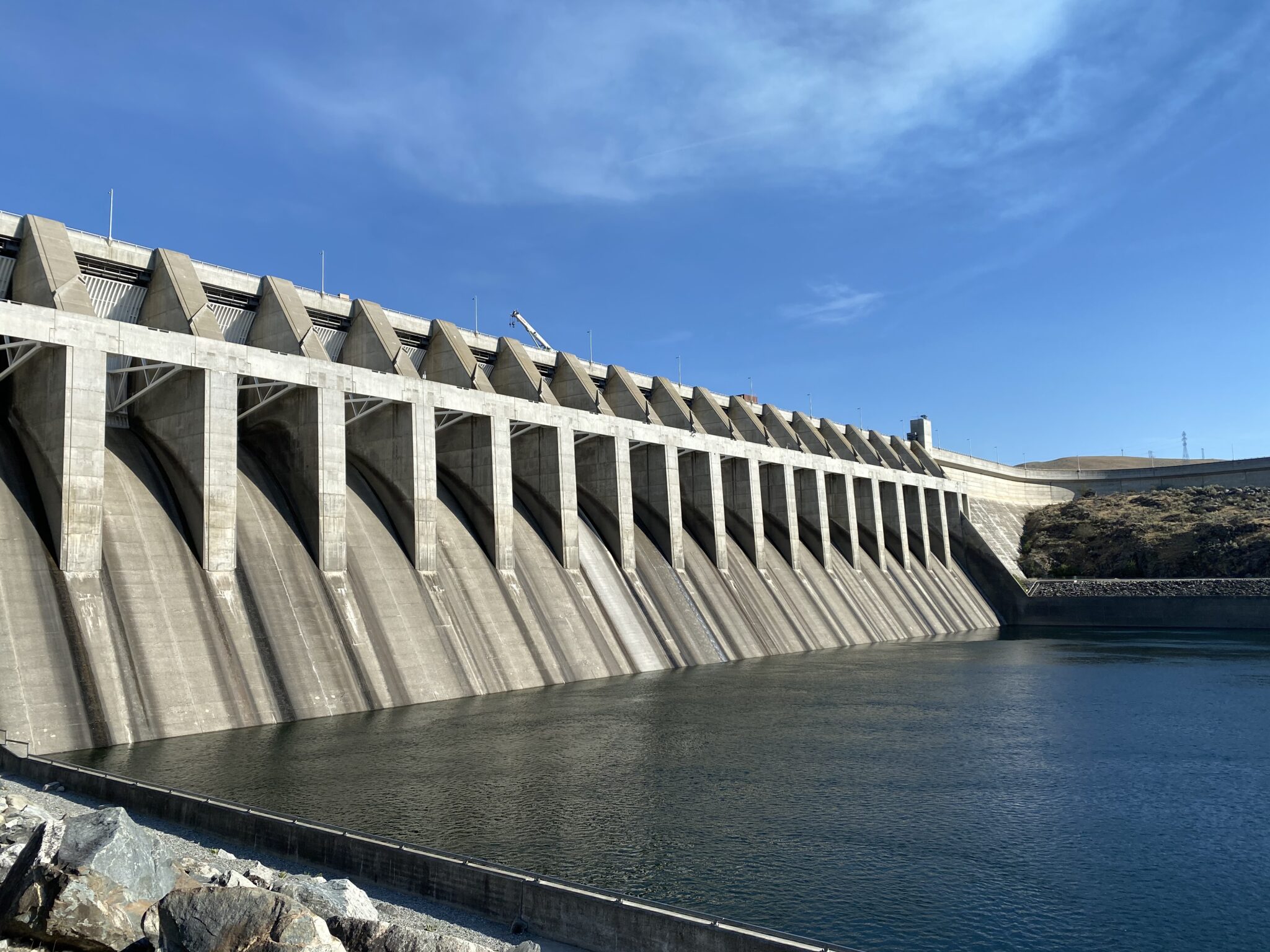
The dam is operated by the Army Corps of Engineers. It is the second largest hydropower producing dam in the U.S. and its 27 house-sized turbines generate over $200 million in power each year.
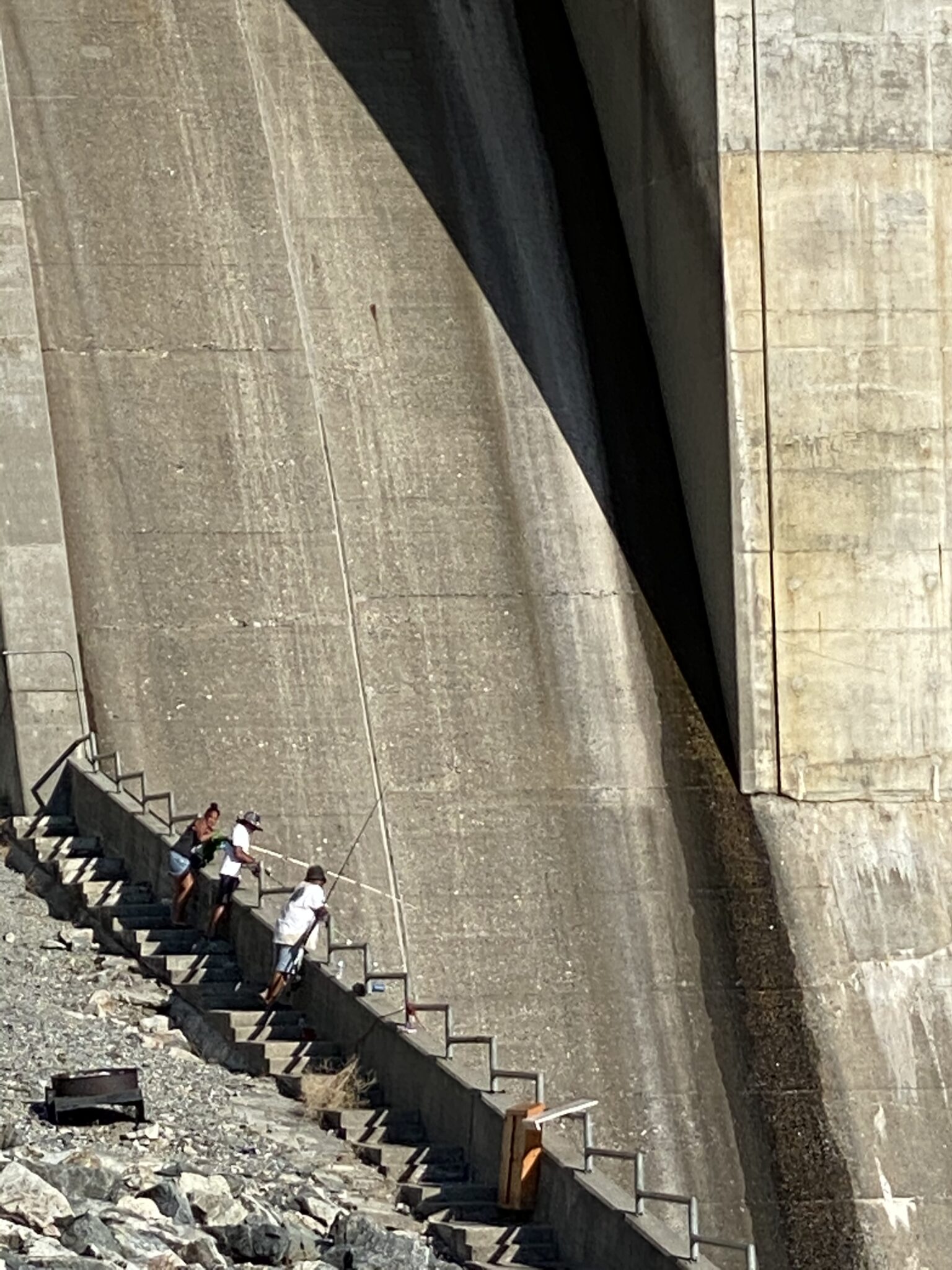
We stopped on our way back to the RV for one more (there’s always one more) cache in Bridgeport’s Berryman Park. We were surprised to find an interesting collection of military equipment there in a war memorial.
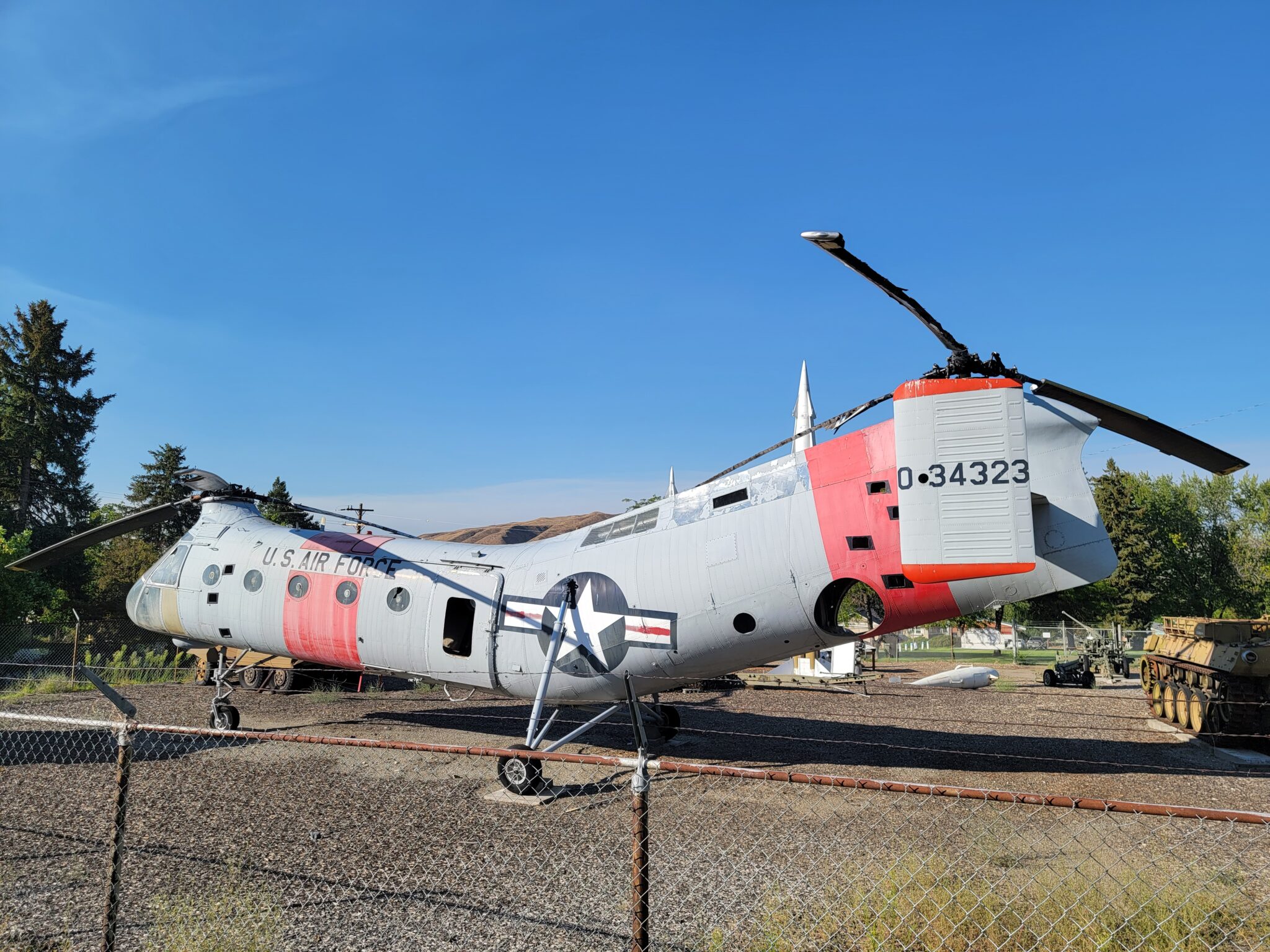
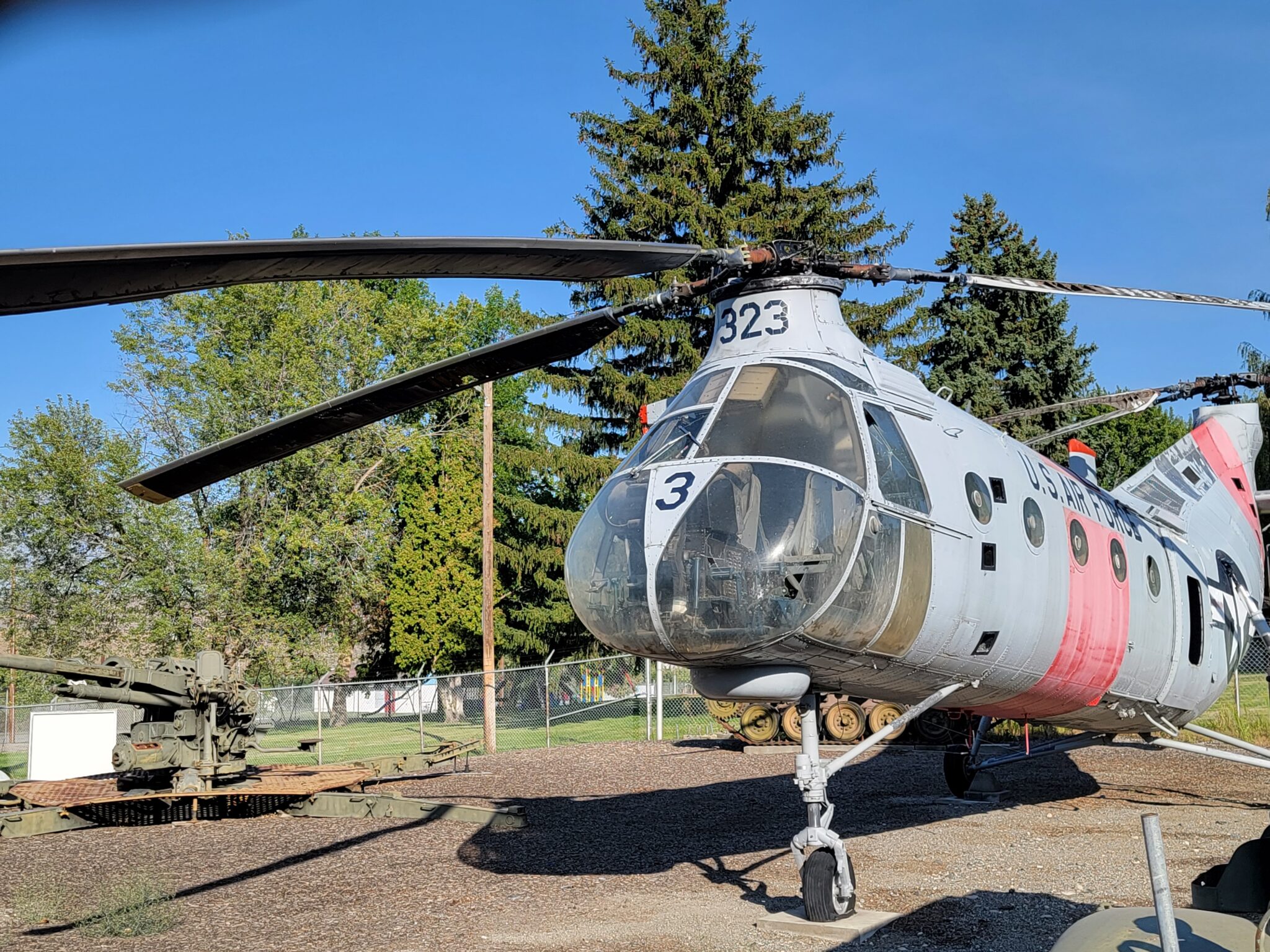
The memorial provided information on none of the other exhibits which included the following.
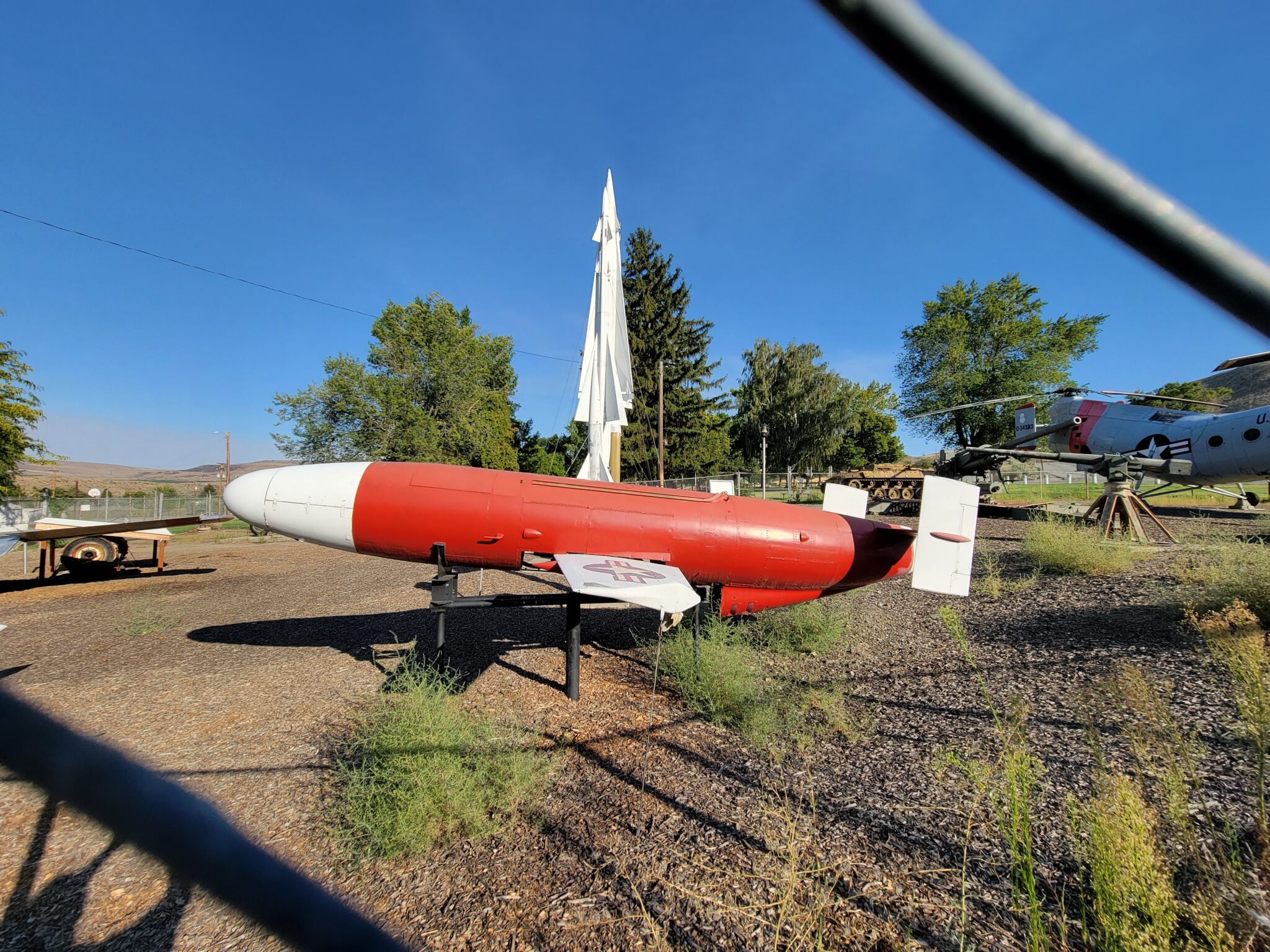
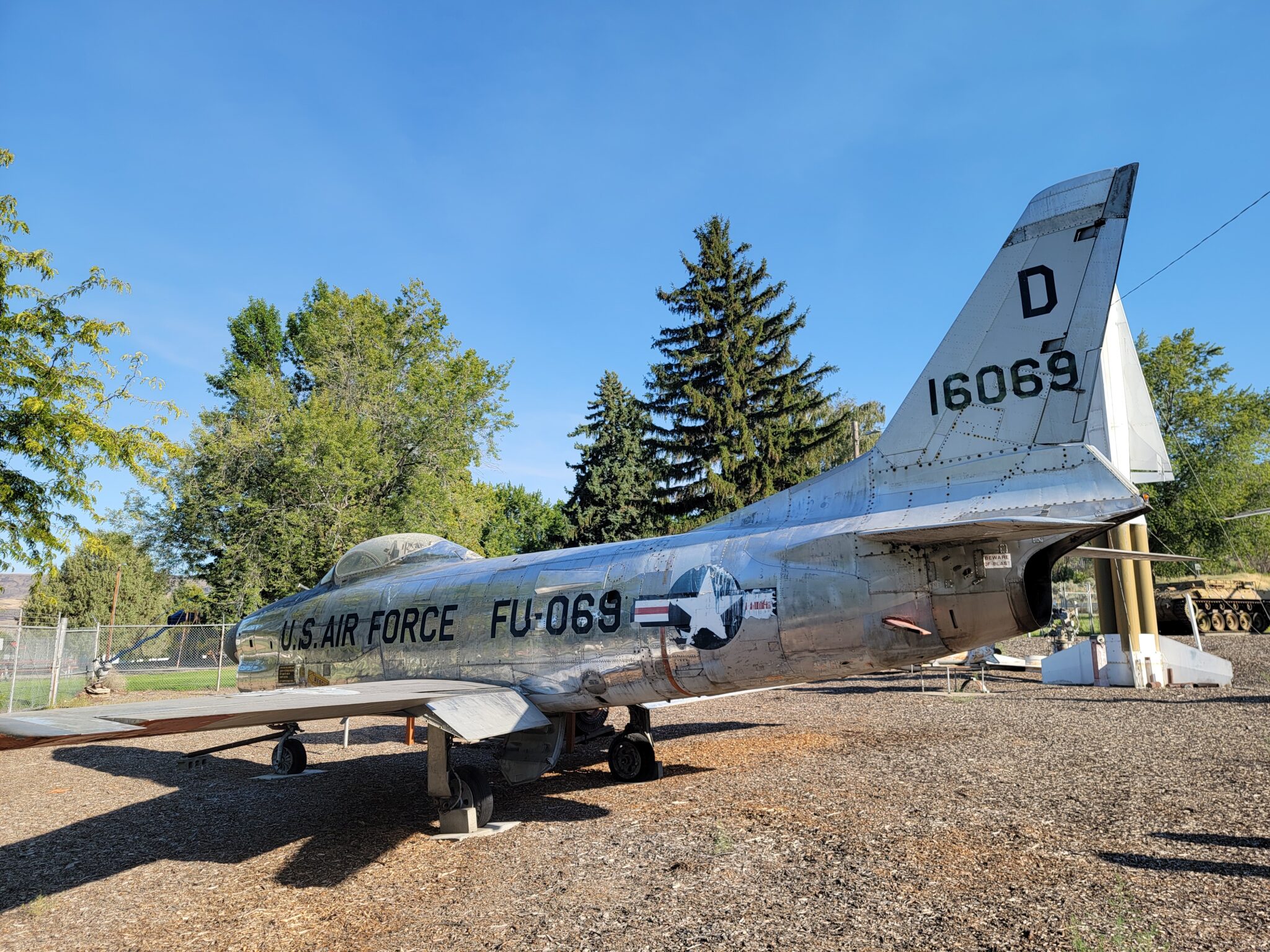
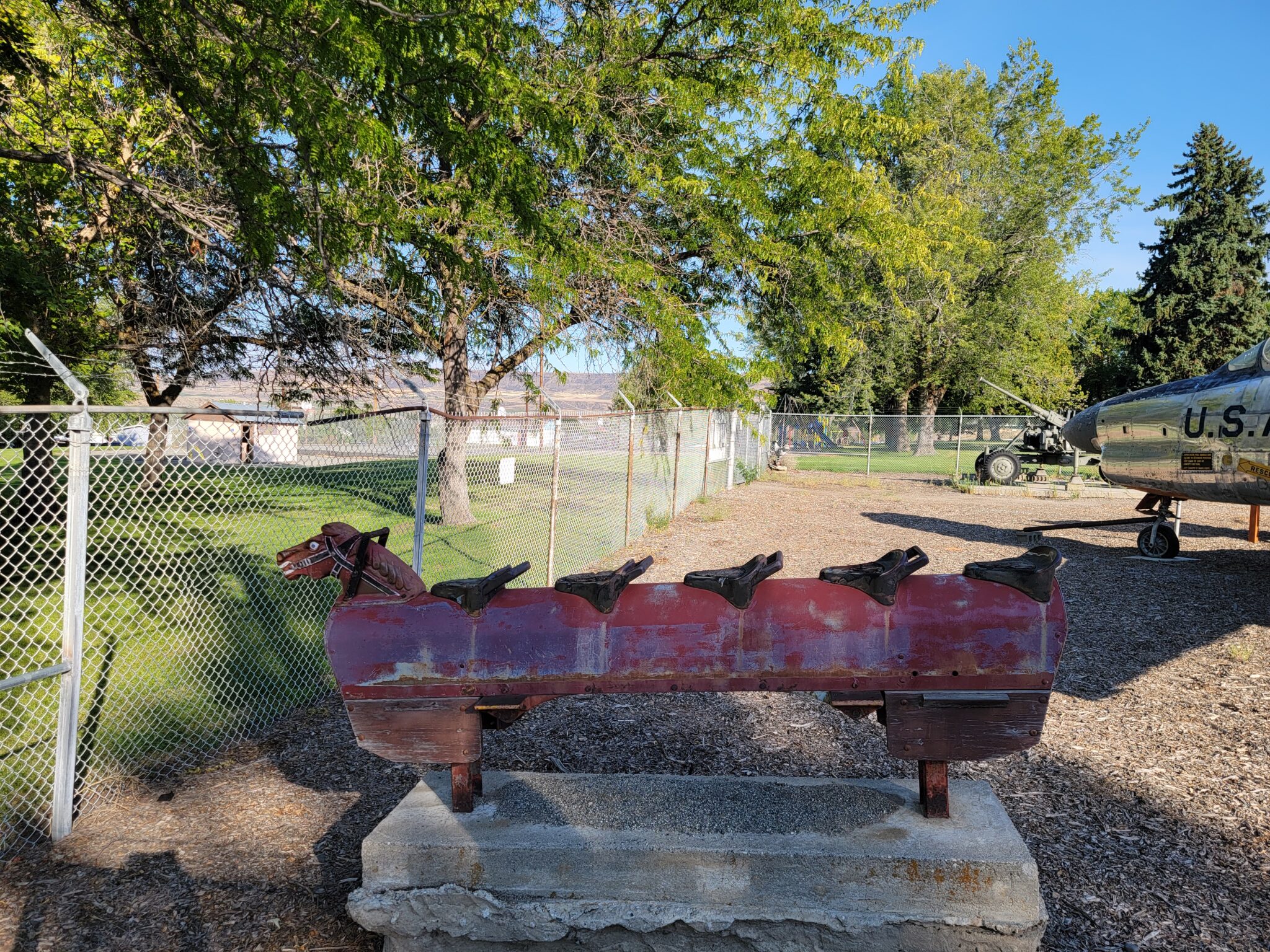
We’ll share more about Bridgeport and our RV park in a later post, but here’s a picture of the river tonight from the RV.
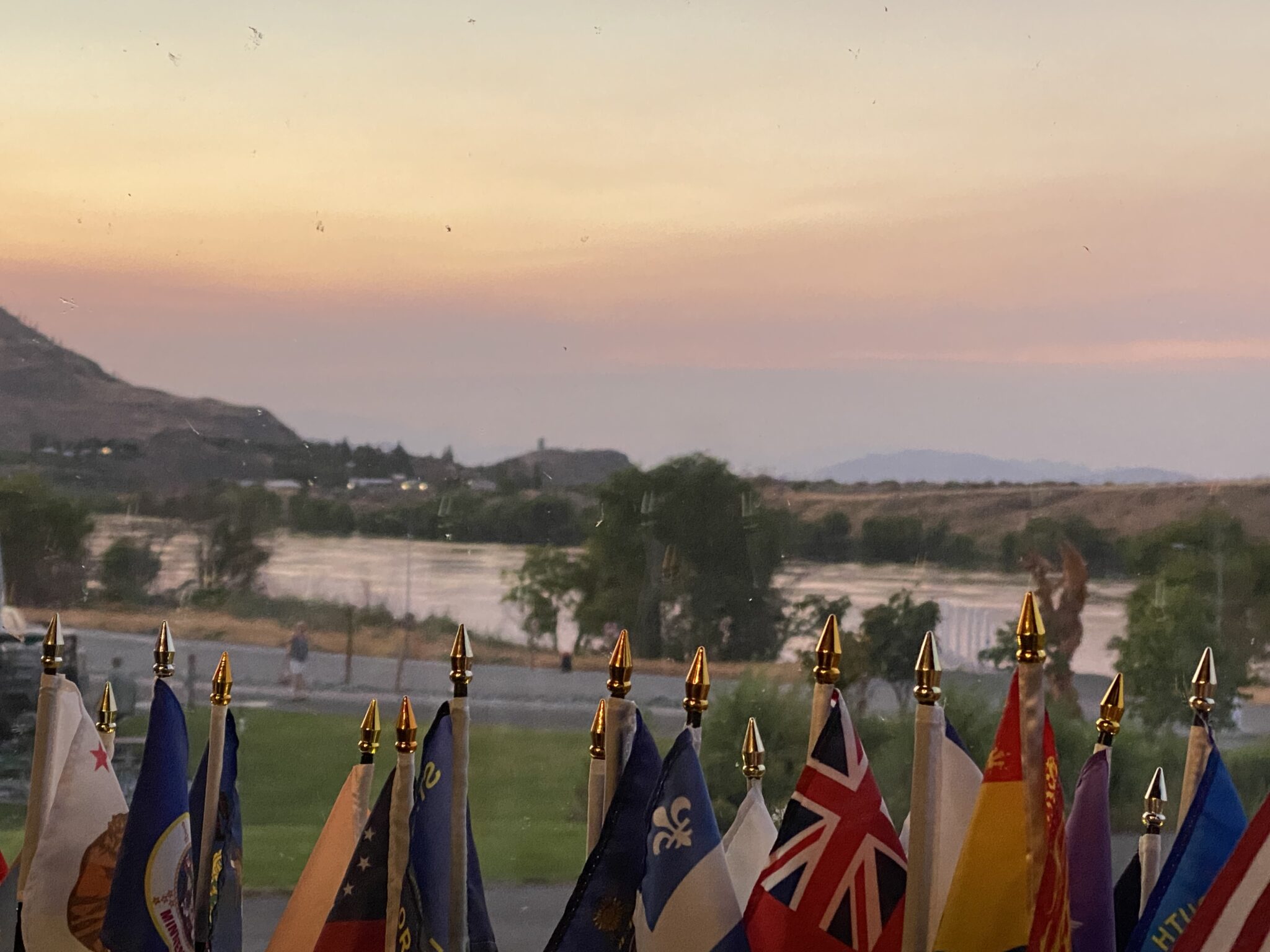
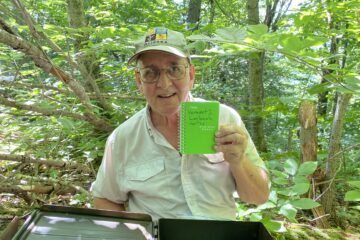
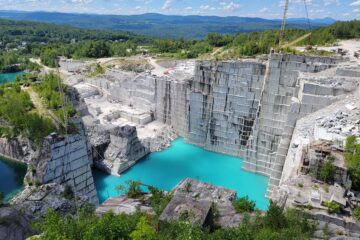

0 Comments